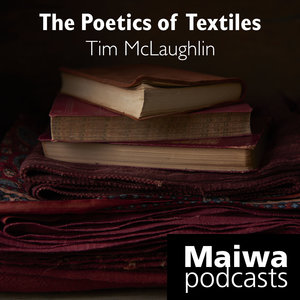
When we visited Assam in 2008 we brought back some eri silk to do natural dyes tests. Here is what we got and how we got it.

0) Natural colour of eri silk
1) Alum 15% Cutch 50%
2) Alum 15%, Marigold 20%, Madder 20%,
3) Alum 15%, Marigold 20%, Madder 100%
4) Alum 15%, Madder 200%
5) Alum 15%, Madder 100%, Iron 2%
6) Alum 15%. Lac 50%,
7) Alum 15%, Lac 50%, Iron 2%
8) Alum 15%, Lac residue
9) Alum 15%, Cutch 50% Iron 2%
10) Natural Indigo 1 dip
11) Natural Indigo 4 dips
12) Natural Indigo 8 dips
13) Marigold 20% Natural indigo 4 dips
14) Alum 15% Marigold 20% Iron 2%
15) Alum 15% Henna 50%
16) Alum 15% Marigold 20%
If you click on the photo above you can see a larger version. Information about the dyes we used can be found on our natural dye pages. Alum and Iron can be found in the mordants section. The percentages specified indicates that we added that percentage of the weight of the fiber to be dyed (when dry). So, if we had 100 grams of silk, and we mordanted with alum at 15% then we used 15 grams of alum. If we dyed with lac at 50% then for 100 grams of silk we used 50 grams of lac.
We love eri silk and were very happy with the results. The silk didn't loose its luster in the dye process, the yarns didn't felt up, and no special procedures were needed for the eri silk. Here are some very close up images of the fiber: natural, marigold 20%, and marigold 20% + Madder 100%. Again, click on the photo for a larger verion. You can see that the actual fibers that make up the yarns are very very fine.



We know that some people raise eri silk moths in North America and in other parts of the world. Hit us in the comments section with your experience dyeing the fiber.























































